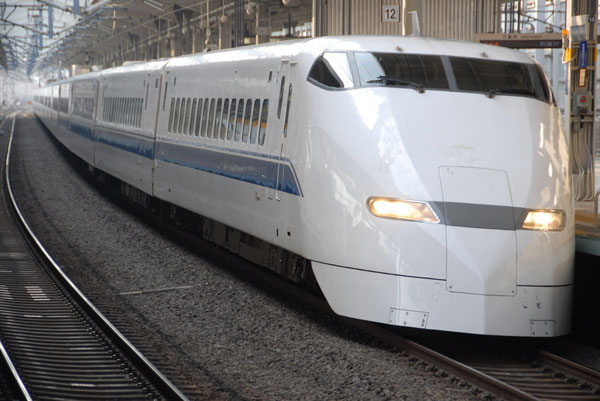Two of the nine members serving on the board of the California
High Speed Rail Authority are holding simultaneous offices that
constitute a conflict of interest, according to a letter authored
by the state’s legislative counsel, Diane Boyer-Vine.
Two of the nine members serving on the board of the California High Speed Rail Authority are holding simultaneous offices that constitute a conflict of interest, according to a letter authored by the state’s legislative counsel, Diane Boyer-Vine.
Californians Advocating Responsible Rail Design, a Palo Alto-based watchdog group, publicized the opinion during a news conference held Tuesday morning.
“This situation is jeopardizing the public’s confidence in the integrity of the process and must be resolved as soon as possible,” said CARRD co-founder Elizabeth Alexis. “We urge the Attorney General to take immediate action to remedy this situation.”
In Boyer-Vine’s letter to Secretary of the Senate Gregory Schmidt, she concludes that the authority’s chairman, Curt Pringle, and another board member, Richard Katz, hold additional offices that create a conflict of interest with their roles on the board of the rail authority.
Pringle is the mayor of Anaheim and Katz is a board member of the Los Angeles County Metropolitan Transportation Authority.
“It is our opinion that an individual who is the Mayor of the City of Anaheim or a voting member of the Los Angeles County Metropolitan Transportation Authority may not simultaneously serve as a member of the High-Speed Rail Authority under the common law doctrine of incompatibility of public offices that is now codified in Section 1099 of the Government Code,” Boyer-Vine stated in her letter to Schmidt.
The rail authority responded with a short statement.
“The high-speed rail infrastructure project will impact hundreds of communities and tie-in to dozens of regional and local transit systems,” said spokeswoman Rachel Wall. “You can’t build a project like this without the diverse regional and technical expertise of the members on our board of directors. Nothing in the law contemplates preventing the Authority or the public from taking full advantage of the wealth of knowledge, experience and insight our board members bring to this project.”
The $45-billion, 800-mile California High-Speed Rail system, expected to begin full operations in 2020, is slated to have routes from San Diego to Sacramento and to the Bay Area, transporting passengers at speeds of up to 220 mph. A 123-mile stretch from Merced to San Jose would run through the Pacheco Pass and will likely include a station in Gilroy.










